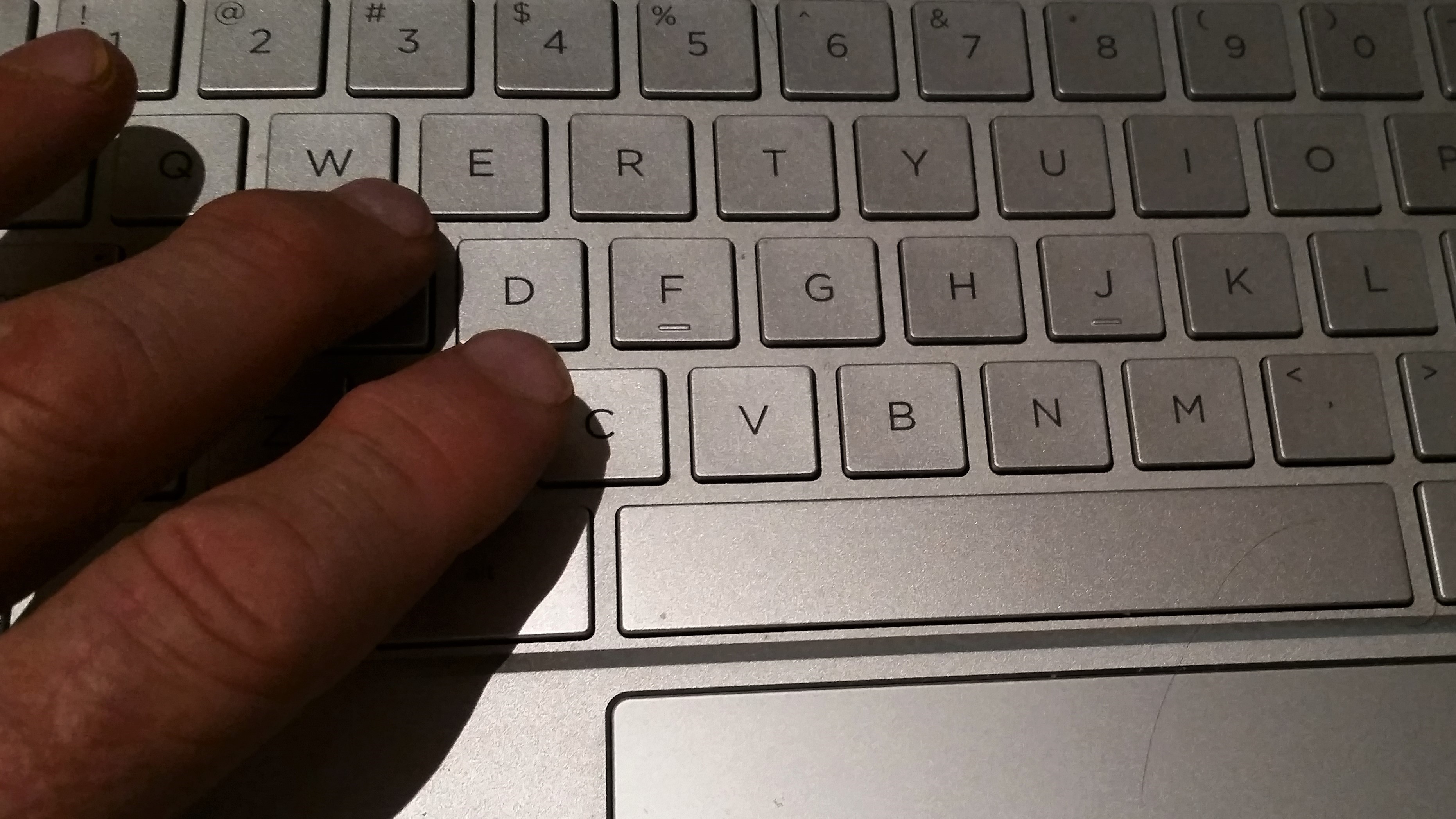 After nearly 25 years with Charles Sturt University, I finished up with the Media Office in June 2019. Over this time, I have been a media officer, a project officer, and a student (twice).
After nearly 25 years with Charles Sturt University, I finished up with the Media Office in June 2019. Over this time, I have been a media officer, a project officer, and a student (twice).
Over this time, I have released innumerable stories about researchers from CSU and other organisations and their work. I have witnessed a lot of change, but much also remains the same.
When I started with CSU in 1994, we faxed our draft stories for checking each afternoon, and we corrected and faxed stories each morning to each local news outlet. The researcher involved usually worked nearby, making it easier to organise interviews. I even lived in the same building with the local ABC radio station.
Things were slower, more measured. We had time to work on a story, even organise quality pictures.
How times have changed. Email, the online environment, and news consumers’ expectations have led to the hourly news cycle, 24/7. Smart phones and smarter operators mean anyone can add a snap, a video, or a podcast to a story. We incorporate Facebook, Twitter, Instagram, Snap Chat and Linked-In as tools for distribution.
We have had to think harder about what we communicate, and how. Quality audio and/or visuals are now a must for nearly all stories, as news consumers expect to be entertained as well as informed. We need to consider which narrowcast group will best receive each story, and what tool(s) they use. We need people with skills to develop this content, or who know specialists who can, and the resources to do it.
While the pace of our work has sped up, what we do still requires some of the same skills I used 25 years ago: diligence, creativity, an eye for detail, and social graces. A recent added step, however, is that more researchers are using the same skills. Their work is no longer judged solely by outputs or outcomes, but increasingly by impacts. And for the sake of future project funding, they need evidence of this impact.
Evidence of impact can be gathered through interactions in social media and through news stories. Indeed, the very process of research can produce words, pictures and audio files crucial to illustrating that impact. To gather this systematically, we need planning and resources, which I believe needs to be developed at the project planning stage, not tacked on as an afterthought near the end.
So when you consider your next project, will you also plan and fund the information you will need to show your research impact? You could even get a great story out of it.

